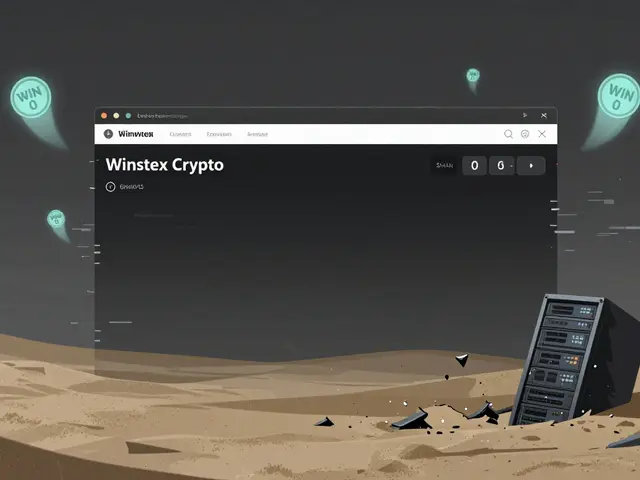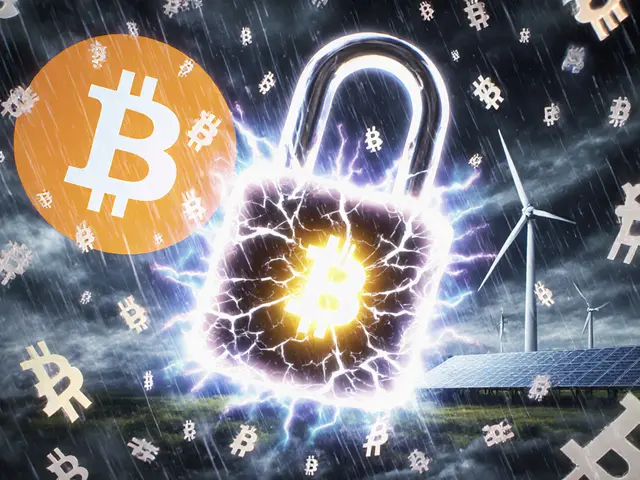EvryNet Token: Overview, Tokenomics, Airdrop and DeFi Integration
EvryNet token, a blockchain‑based utility token that powers the EvryNet energy‑trading platform. Also known as EVRY, it enables peer‑to‑peer energy payments and rewards participants for grid contributions. The token lives on a public ledger, which means every transfer is recorded transparently and cannot be altered retroactively. By converting kilowatt‑hours into digital units, EvryNet creates a liquid market for renewable energy that anyone with a wallet can join. Users lock the token to access premium services, stake it to earn a share of transaction fees, or burn it to offset carbon footprints. Because the platform runs on smart contracts, settlement happens in seconds instead of days, cutting the friction that traditional utilities face. This model also opens the door for developers to build add‑ons, such as automated demand‑response bots or community‑driven micro‑grids.
Key Concepts Behind EvryNet
Tokenomics, the economic design that defines supply, distribution, and incentives for a cryptocurrency are the backbone of any successful token, and EvryNet is no exception. The total supply is capped at 500 million EVRY, with 40 % allocated to early adopters, 30 % reserved for ecosystem growth, 20 % held for strategic partnerships, and the remaining 10 % dedicated to a community airdrop. The airdrop, detailed in the Airdrop, a distribution event that rewards users for meeting specific criteria section, targets wallets that have previously interacted with renewable‑energy projects, encouraging them to migrate to EvryNet’s network. Eligibility requires holding a minimum of 0.1 EVRY before the snapshot date, completing KYC verification, and linking a smart‑meter account. Claiming the airdrop is a three‑step process: register on the portal, sign a transaction that pulls the reward, and confirm receipt in the wallet. By tying rewards to real‑world energy activity, the airdrop aligns financial incentives with environmental impact. EvryNet token also features a deflationary mechanism: a 2 % fee on every trade is automatically burned, gradually reducing circulating supply and supporting price stability. Staking contracts offer a 5‑7 % annual yield, paid in EVRY, for users who lock their tokens for 30‑day periods. These incentives are designed to keep liquidity high while rewarding long‑term holders.
The final piece of the puzzle is DeFi, decentralized finance applications that operate without traditional intermediaries integration. EvryNet has partnered with major DEX aggregators to list EVRY on multiple chains, allowing users to swap it for stablecoins, ETH, or other utility tokens without leaving the platform. This cross‑chain capability broadens market access and lets liquidity providers earn fees in a multi‑asset environment. Moreover, EvryNet’s smart contracts can be composed with yield farms, lending protocols, and insurance products, turning energy tokens into a versatile financial asset. As more DeFi projects adopt EVRY for collateral or reward distribution, the token’s network effect grows, creating a feedback loop where higher usage drives better liquidity, which in turn attracts more users. Understanding how blockchain, tokenomics, airdrops, and DeFi intertwine gives you a clearer picture of EvryNet’s potential. Below you’ll find a curated collection of guides that dive deeper into each of these topics, from detailed token‑allocation charts to step‑by‑step airdrop claims and DeFi integration strategies.
Discover everything you need to know about the EVRY (EvryNet) X CoinMarketCap airdrop, token stats, eligibility, and how to claim your free EVRY tokens.
Read More





